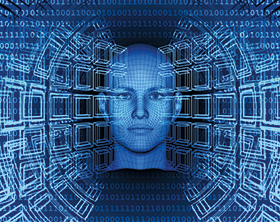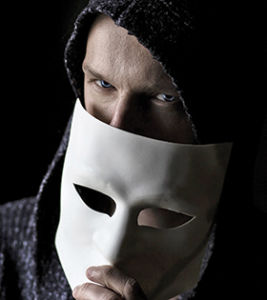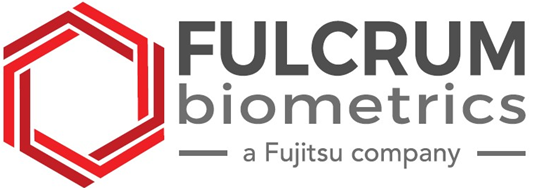As part of our ongoing practical and localised research to compare our preferred vendors’ products against other competing products, Fulcrum Biometrics Southern Africa has imported a number of devices for facial recognition and temperature scanning from different vendors. The bottom line is, beware and dig deeper.
There is a wide range of choices on the market for different biometric recognition methods or ‘modalities’.

Yes, there are biometric fits for varying purposes and it is vital you understand the needs of your application, especially factors such as accuracy when time-and-attendance (T&A) clocking has financial implications.
Firstly, while vendors seem to somewhat ‘personalise’ results to suit their particular product, a little research on the Web will reveal that it is widely accepted that face recognition, whilst fast improving, remains the least accurate of the popular modalities – and that’s before you wear a mask or grow a beard.
What you may not know however is that while face recognition is the most un-intrusive, it can be less accurate than the others, to the extent that it may present significant risk and render itself unsuitable for certain applications. Remember that false rejection may just be an inconvenience to the user, but false acceptance is potentially a severe security event.
Southern African outcome
Our research has brought us to the conclusion that substandard equipment was rushed onto the market to take advantage of the COVID-19 pandemic. Pressurised decisions may have been made as a consequence, resulting in some customers having invested unwisely and assuming any device would be fit for their purposes.
Are face recognition algorithms improving?
The global authority on face algorithms in the USA, the National Institute of Standards and Technology (NIST), has released several reports on facial recognition systems and the effect of masks. Whilst these indicate that massive gains in accuracy have been made in recent years with as much as a 20-times improvement, they also show that even the best face algorithms may reduce accuracy by 50% when wearing a mask, and again, beards are another story. Please note that these test results are related to pre COVID-19 algorithms. [A release from National Institute of Standards and Technology (NIST) on 1 December 2020 about face recognition with masks, however, noted “some software developers have made demonstrable progress at recognising masked faces” – see more at https://www.nist.gov/news-events/news/2020/12/face-recognition-software-shows-improvement-recognizing-masked-faces, or use the short link: www.securitysa.com/*nist1 – Ed.]
What effect do masks have on accuracy?
A NIST test inspired by the COVID-19 pandemic and the widespread requirement that people wear protective face masks in public places has driven a need to understand how cooperative face recognition technology deals with occluded faces, often with just the periocular area and above visible.
Without masks, the top-performing algorithms usually have error rates of about 0,3%. Nevertheless, when even the most accurate algorithms were confronted with the highest-coverage masks, error rates jumped to about 5%, researchers found.

